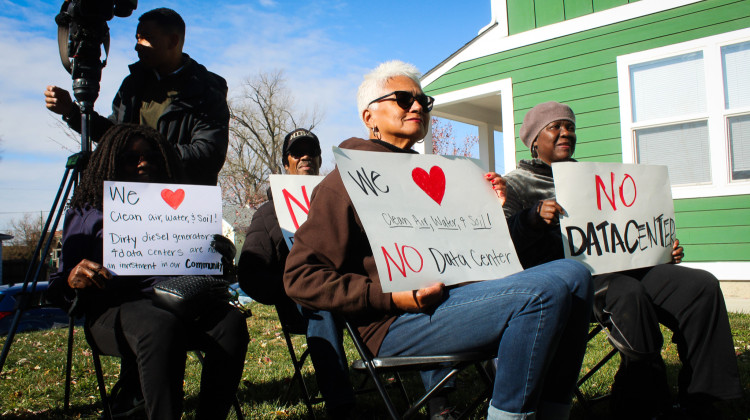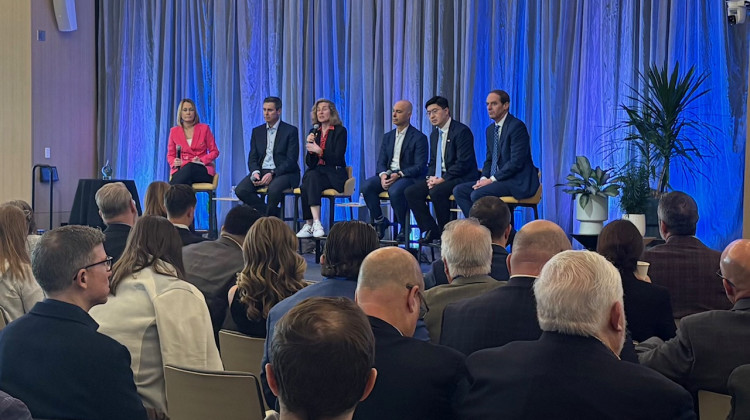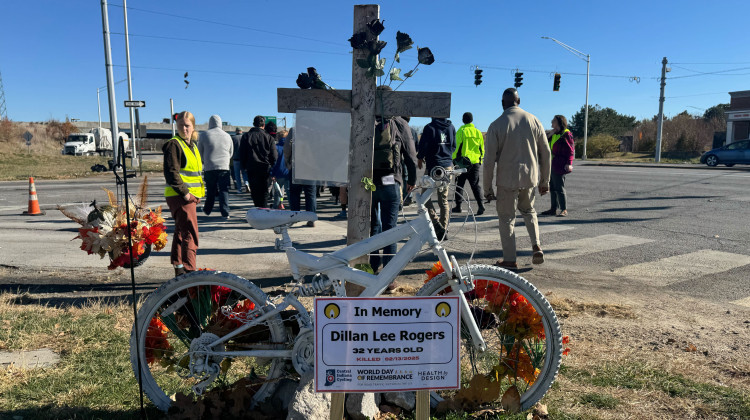
Carmel Mayor Jim Brainard talks during a message to the community regarding COVID-19 posted to YouTube.
City of Carmel/via YouTubeCarmel Mayor Jim Brainard has declared a local disaster emergency for the Hamilton County city.
The order signed Wednesday in response to the COVID-19 pandemic prohibits unnecessary travel, closes all Carmel public playgrounds and advises work-out facilities to close. Banks will be allowed to stay open, but only with ATM and drive-thru services.
In a statement, Brainard said he realizes the steps will be difficult for local business owners and residents, but that action is needed to prevent the spread of COVID-19.
“The pain we are experiencing today is nowhere near the pain we will most certainly experience if we sit back and do nothing," Brainard said. "I urge all Carmel residents to join me in fighting this virus.”
Travel in the city of Carmel is now only permitted for medical care and diagnosis, those who are primary caregivers, mandatory work activities, and for obtaining food, groceries, medication, essential household goods and hygiene products.
This restriction does not impact travel related to food delivery or the resupply of retail stores, pharmacies, and food pantries.
Many restaurants in Carmel are providing cary-out and delivery options. The city is maintaining a list of those restaurants, and a link to that and other community resources is available here on the city's website.
 DONATE
DONATE







 Support WFYI. We can't do it without you.
Support WFYI. We can't do it without you.